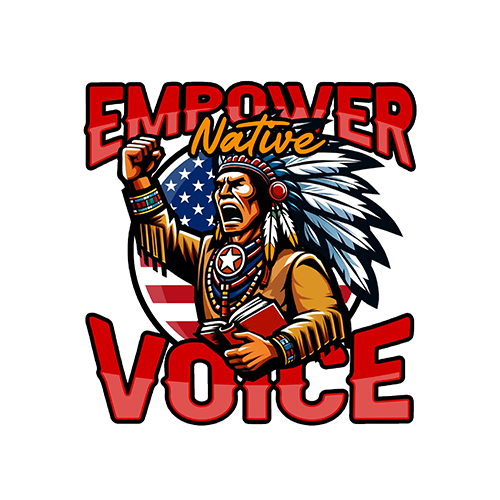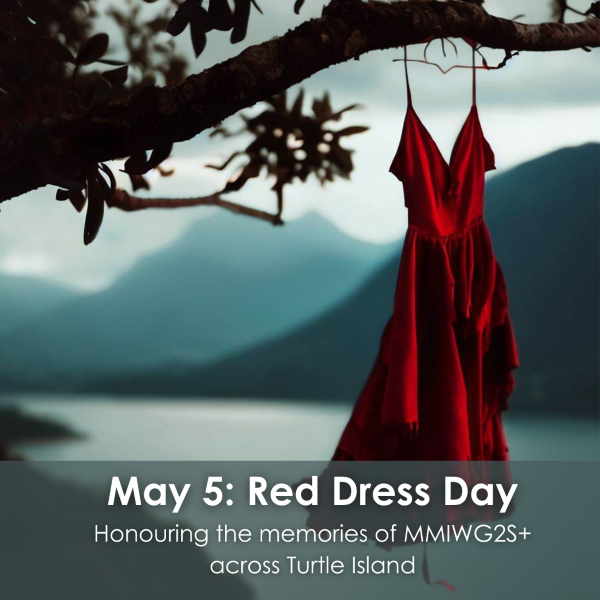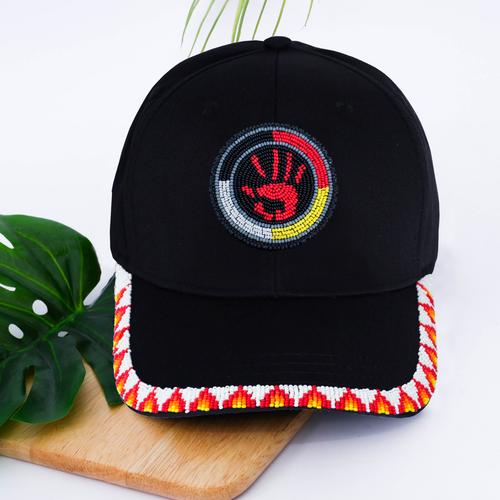"Native Land, Native Voice" is not only a campaign to raise awareness but also a powerful call to protect the rights of Indigenous communities, protecting their land and voice. For Indigenous people, land is life, and it is an essential part of their identity and culture. When the land is violated, it is not just a loss of resources, but a serious threat to their culture and language. Particularly, the voice of Indigenous people becomes weaker when their land rights and resources are not protected.
The Importance of Land to Indigenous People
For Indigenous people, land is the soul of their community. Land is not only where they live but is intricately connected with history, culture, and traditional practices. These values are passed down from generation to generation, and are reflected in their sustainable ways of farming, hunting, and fishing.
For example, in many Indigenous cultures, hunting, fishing, and farming are not just about survival but are part of sacred rituals. Losing land means losing connection with their ancestors and losing those sacred cultural values. When the land is taken away, the voice of Indigenous people cannot be heard and respected.
The Link Between Land and Voice
Protecting the land is protecting the voice of the community. Land is the foundation for the sustainable development of Indigenous communities. When ownership and control of land are stripped away, the voice of Indigenous people becomes diminished, unable to speak up to protect their rights and culture. Land and voice are deeply connected, and protecting both is protecting the core values of Indigenous people.
For decades, Indigenous people have fought against resource exploitation, dam construction, and other industrial activities to protect their land. The disrespect for their land rights not only affects the environment but also undermines their way of life and culture. The voice of Indigenous people has been silenced in debates about the environment and their land rights. Therefore, protecting land is a struggle to protect the voice of Indigenous people.
Initiatives to Protect Indigenous Land and Voice
There are many organizations and initiatives working tirelessly to protect Indigenous land rights. These organizations help Indigenous communities secure land rights and increase their participation in important decisions regarding natural resources. For example, the Indigenous Environmental Network (IEN) works to protect Indigenous lands from resource-extraction projects and advocates for sustainable development.
Additionally, countries like the US and Canada have initiated collaborations with Indigenous communities to protect the environment and help them preserve their rights to land. However, these efforts are still lacking and need stronger global support.
Conclusion
Protecting land is protecting life, and protecting the lives of Indigenous people is protecting their voice and rights. We can help Indigenous communities by participating in campaigns to protect their rights and by spreading the important message to the world. Let’s protect the land, protect the voice of Indigenous people, and protect a sustainable future for all of us.







